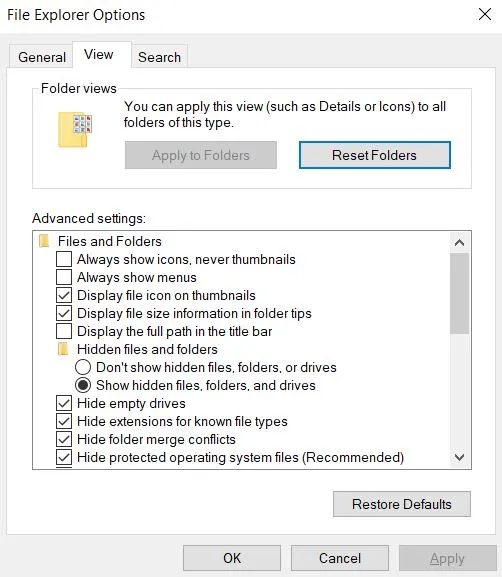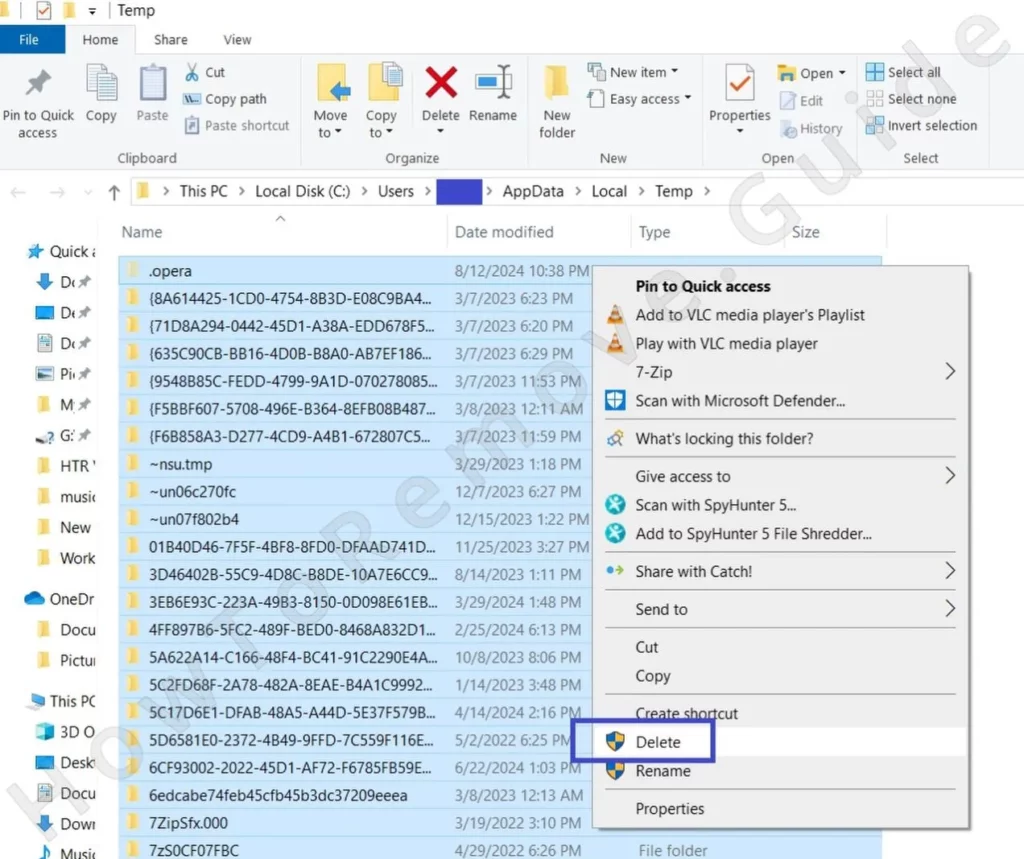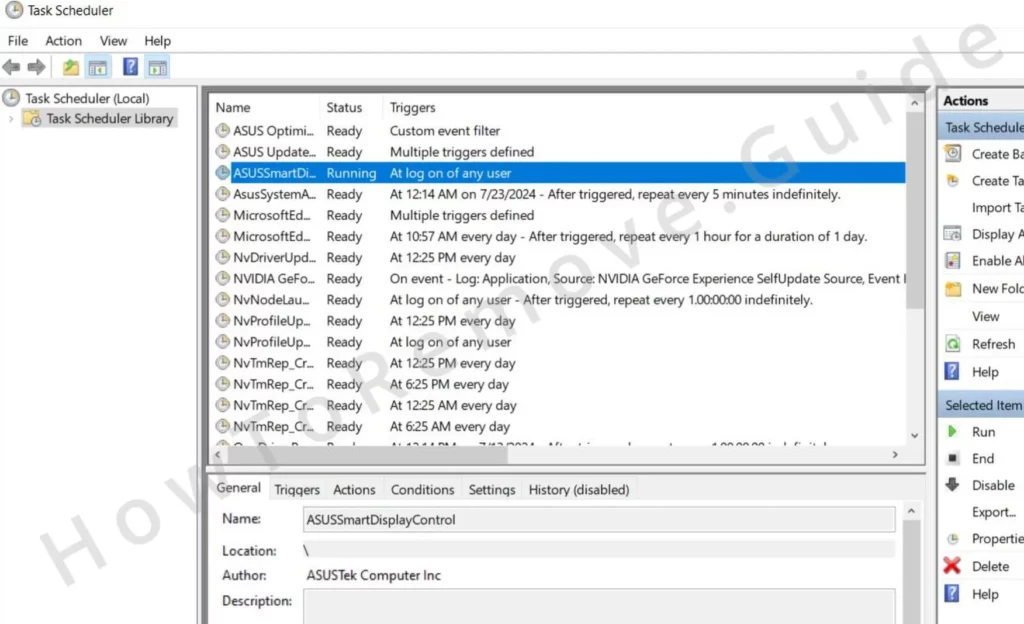OneBrowser is the kind of program you never meant to install but can’t seem to get rid of. It’s often labeled a potentially unwanted program (PUP) because of its intrusive behavior and refusal to leave, but considering its questionable behavior, it shares some of its characteristics with Trojan Horse viruses, such as EpiBrowser and Mental Mentor. People dealing with it report administrator errors when trying to uninstall, hidden processes that keep coming back, and security software flagging its update service as a potential threat.

Now, is it malware? That’s up for debate. What’s not up for debate is how deeply it digs into your system. OneBrowser modifies settings, embeds itself into Windows processes, and can even redirect your web traffic or flood you with aggressive ads. Security software like Bitdefender has flagged its updater – obupdateservice.exe and obupdater.exe – for suspicious activity, yet somehow, these files keep respawning after deletion.
Most people install OneBrowser without realizing it, usually by skipping through software installers and missing hidden checkboxes. Whether it’s just an annoying PUP or something more sinister, one thing’s certain – it doesn’t go down without a fight.
OneBrowser Removal Guide
Though most PUPs and malware programs are difficult to remove, some users have reported succeeding in removing OneBrowser through some more conventional steps. That’s why I suggest you try that first and if it doesn’t work, move on to the more advanced guide further down:
- First, open your Downloads folder (This PC > Downloads). Malware like OneBrowser usually sneaks in as an installer or a compressed file hiding among your regular downloads.
- Scan for anything that looks out of place – random file names, things you don’t remember downloading. If it looks sketchy, don’t overthink it – just delete it.
- Next, open Settings by clicking the Start button and selecting Apps. Sort programs by installation date – this helps spot anything that appeared without your permission.
- If you see something unfamiliar or suspicious, uninstall it. Follow the prompts and make sure it’s fully removed.
- Now, head to C:\Users\YourUsername\AppData\Local\Programs and check for any folders tied to OneBrowser.
- If you find one, delete it. Finally, restart your computer to lock in the changes and make sure nothing lingers in the background.
But don’t get too excited yet. Uninstalling the main program doesn’t mean you’re in the clear. There are still plenty of leftovers lurking in hidden folders, system processes, and registry entries.
SUMMARY:
| Name | OneBrowser |
| Type | Trojan |
| Danger Level | High (Trojans are often used as a backdoor for Ransomware) |
| Detection Tool |
Some threats reinstall themselves if you don’t delete their core files. We recommend downloading SpyHunter to remove harmful programs for you. This may save you hours and ensure you don’t harm your system by deleting the wrong files. |
READ BEFORE PROCEEDING!
This guide is your best shot at wiping it out completely. But heads up – this isn’t a two-minute job. If you’re short on time or don’t feel like dealing with it manually, you might want to grab something like SpyHunter 5, which can do the heavy lifting for you. Otherwise, roll up your sleeves. Let’s do this.
How to Remove the OneBrowser Virus
Rogue software like OneBrowser will generally try to keep their files and folders out of the user’s reach. Therefore, you must first perform the following two preparatory steps before trying to delete anything. These will help you locate and delete even the most stubborn OneBrowser files.
First, download and install LockHunter. Ever tried to delete a file, only to get some annoying message saying it’s in use? That’s because malware locks files so you can’t remove them. LockHunter helps you figure out what’s holding onto those files and lets you force-delete them.
Next, show hidden files because, surprise, malware doesn’t just sit out in the open. Open Folder Options from the Start Menu, go to the “View” tab, and enable the “Show hidden files and folders” option.

Now, you’re ready to actually start removing this thing.
Video walkthrough for this step:
Get Rid of OneBrowser in the Task Manager
Right now, OneBrowser is probably running in the background, which gives you the opportunity to identify its processes, delete their data, and quit them so they don’t obstruct the rest of the removal process. Here’s how you do that:
- Press Ctrl + Shift + Esc to open Task Manager.
- Go to the Processes tab and sort everything by CPU or memory usage – malware loves to hog resources, so look for anything that seems out of place.
- Look for a process named OneBrowser or anything else suspicious.
- Right-click it and hit Open File Location.
- Before you touch anything in that folder, go back to Task Manager, right-click the process again, and hit End Task.
- Now, go back to the file location and delete whatever’s inside.
Some of these files might refuse to go quietly. If that happens, right-click them and use LockHunter to force-delete them. Just select the “What’s locking” option from the right-click context menu, and then select Delete in the following window.
Video walkthrough for this step:
How to Delete Persistent Files with Lock Hunter
Delete OneBrowser Virus Files
The OneBrowser malware almost certainly has created files in other locations in your system. You’ll have to manually look for them and delete them, but the good news is I can give you the directories where you are most likely to find such files:
- Startup folders (these are the places that determine what runs when your computer boots up):
- C:\ProgramData\Microsoft\Windows\Start Menu\Programs\Startup
- C:\Users\YourUsername\AppData\Roaming\Microsoft\Windows\Start Menu\Programs\Startup
- Main program directories:
- C:\Program Files\
- C:\Program Files (x86)\
- C:\Users\YourUsername\AppData\Local\Programs\
- Random roaming folders where malware loves to hide:
- C:\Users\YourUsername\AppData\Roaming\Microsoft\Windows\Start Menu\Programs\
- Temporary files folder:
- Type %TEMP% into your Start Menu, hit Enter, and delete everything inside.

If you don’t know whether a file belongs to the malware, check when it was created. If it popped up around the same time as the infection, it’s probably not something you want to keep.
Get Rid of OneBrowser Malware Tasks
Some malware creates scheduled tasks so that even if you delete the main files, they’ll just reinstall themselves the next time your computer starts up. Therefore, you must also check your Task Scheduler and delete from it anything that may be linked to OneBrowser.

- Open the Start Menu and search for Task Scheduler.
- Look through the Task Scheduler Library and scan for anything suspicious.
- If you see a task pointing to a weird location in AppData or Temp folders, delete it immediately.
Missing this step means you could wake up tomorrow, turn on your PC, and find OneBrowser right back where it started.
Video walkthrough for this step:
Delete the OneBrowser Virus Through the Registry
Finally, you must also look through the Registry Editor for rogue OneBrowser entries and delete them. Here, you’ll have to do most of the legwork and use your own discretion to determine what needs to be deleted. Just be careful not to delete anything that’s not linked to the malware.
If you think you won’t be able to perform this step correctly, consider using SpyHunter 5. If you are sure you can handle it, here’s what to do next:
- Open Registry Editor by searching for it in the Start Menu (run it as administrator).
- Hit Edit > Find, type in OneBrowser, and delete anything that shows up.
- Keep searching and deleting until nothing is left.
Manually check these locations:
HKCU\Software\Microsoft\Windows\CurrentVersion\RunHKCU\Software\Microsoft\Windows\CurrentVersion\RunOnceHKLM\Software\Microsoft\Windows\CurrentVersion\RunHKLM\Software\Microsoft\Windows\CurrentVersion\RunOnceHKLM\Software\Microsoft\Windows\CurrentVersion\Policies\Explorer\RunHKCU\Software\Microsoft\Windows\CurrentVersion\Policies\Explorer\RunHKEY_LOCAL_MACHINE\Software\Microsoft\Windows\CurrentVersion\RunServicesHKEY_LOCAL_MACHINE\Software\Microsoft\Windows\CurrentVersion\RunServicesOnceHKEY_LOCAL_MACHINE\Software\Microsoft\Windows\CurrentVersion\RunOnce\SetupHKEY_LOCAL_MACHINE\SYSTEM\CurrentControlSet\services
If you see anything that looks sketchy, delete it. Just be careful – messing around in the registry can cause problems if you delete the wrong thing. In these particular locations, only delete suspicious items you see in the right panel, where the values are shown. Do not delete the keys in the left panel.
Video walkthrough for this step:
Avoiding OneBrowser in the Future
Now that you’ve gone through all this trouble, let’s make sure it doesn’t happen again.
- Use Windows Defender or a trusted antivirus program to block future threats.
- Be careful with what you download. If something looks too good to be true, it probably is.
- Keep your system updated so you’re not vulnerable to old exploits.
- Don’t click on shady links, email attachments, or pop-ups—that’s how they get you.
By following these steps, you’ll not only be rid of OneBrowser, but you’ll also make sure your system stays clean in the future.

Leave a Reply